Along the way, I took a quick detour in the city of Morris to check out a complex of beautiful old brick buildings that once housed Gebhard Brewery.
Louis Gebhard, a German immigrant, founded Gebhard Brewery in 1866. His son William eventually took over and greatly expanded the business. Before long, their brew was known and loved throughout the state. He added a bottling plant in 1888, the seven-story brew house in 1896, and a stock house in 1904. William's son Fred joined the business in 1912, carrying his grandfather's legacy into a third generation of Gebhards.
The business was forced to close in January of 1920 when prohibition went into effect. The brew house was later converted into a flour mill. Morris Milling Company operated there from 1935 to 1958.
In 1946 the bottling plant building became the home of Lindsay Light and Mantel Company, which produced mantels for lamps and lanterns. The business thrived for nearly half a century before finally closing in the early 1990s.
The beautiful old brick buildings now sit vacant. I hoped to take a peek inside, but was disappointed to find them fenced off with a No Trespassing sign. I snapped a few photos of the exterior and got back on the road.
On my way through Plainfield, Illinois, I stopped to photograph a neat old Public Service Company building.
I rolled into Joliet, Illinois on Day 9 of the Epic Rust Belt Road Trip. I had finally reached America's infamous Rust Belt.
Since leaving Los Angeles, I had driven through the American West, the Rocky Mountains, and the Great Plains, spending a day or two in each state and exploring dozens of abandoned places along the way. I could hardly wait to catch my first glimpse of the mighty industrial ruins of the former Manufacturing Belt.
Joliet Steel and Iron Works, once the second largest steel mill in the US, was a paragon of American industry. The rails produced there were instrumental in the expansion of the nation's railroad infrastructure. It was strange to realize that the tiny railroad towns I had passed through on my way across the Heartland owed their existence to this steel mill.
Joliet Iron Works opened in 1869, only a few years after the end of the Civil War. Over time, ownership of the mill passed between various steel conglomerates including Illinois Steel Company, Federal Steel, and U.S. Steel.
In its early years, the iron works employed many immigrants from Southern and Eastern Europe. The job was tough and workers had to endure hazards such as extreme heat, toxic fumes, and dangerous falls. Injuries and deaths were not uncommon.
The iron works closed in 1936 due to decreased profitability, but the steel works continued to operate throughout most of the 20th century. New structures were added over the ensuing decades, including the Nail Department, the Fence and Barbed Wire Department, the Annealing and Galvanizing Department, and a massive warehouse.
Various portions of the plant closed throughout the 1970s and operations ceased entirely in the early 1980s.
In the 1990s, the Forest Preserve District of Will County created the Joliet Iron Works Historic Site. A mile-long walking path leads through the ruins of the iron works, marked with signs that explain the significance of the various portions of the mill and the functions of the equipment that once stood there.
Across the railroad tracks from the Joliet Iron Works Historic Site, the structures of the steel works remain abandoned and rusting. Unfortunately they are off-limits to the public.
Farther down the tracks the solemn guard towers of Joliet Correctional Center peek up over the tree line. The abandoned prison was my next stop. I was completely unprepared for how awesome it was. Click here to check out the article.
Be sure check out my social media for more photos from Joliet Iron and Steel Works.
If you enjoyed this article, please share it on Facebook. While you're at it, please subscribe to Places That Were.
Facebook: http://www.facebook.com/placesthatwere
Google+: https://plus.google.com/u/0/+JimSullivanPlacesThatWere/posts
EyeEm: https://www.eyeem.com/u/placesthatwere
Instagram: http://instagram.com/theplacesthatwere
Twitter: https://twitter.com/placesthatwere/
Tumblr: http://placesthatwere.tumblr.com/
Youtube: https://www.youtube.com/jimplicit
500px: https://500px.com/placesthatwere
Thank you!

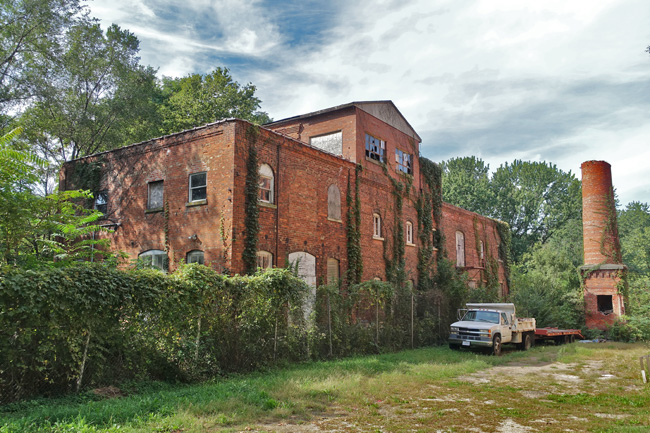

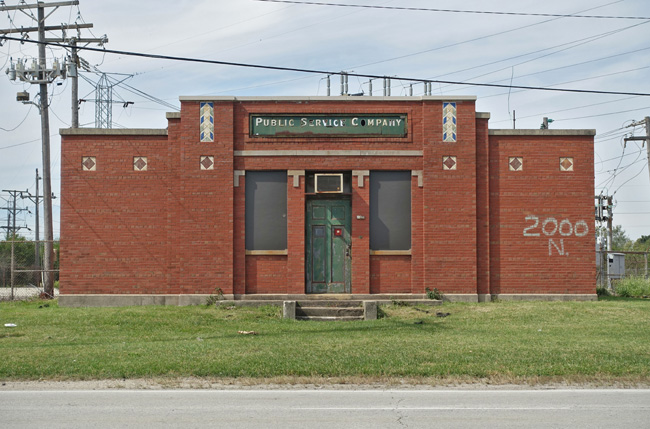


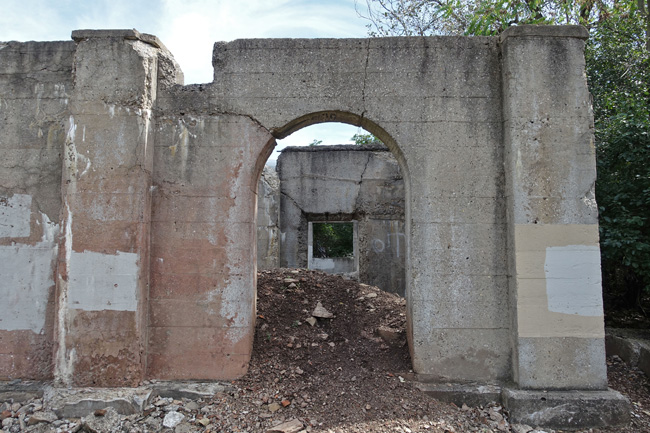

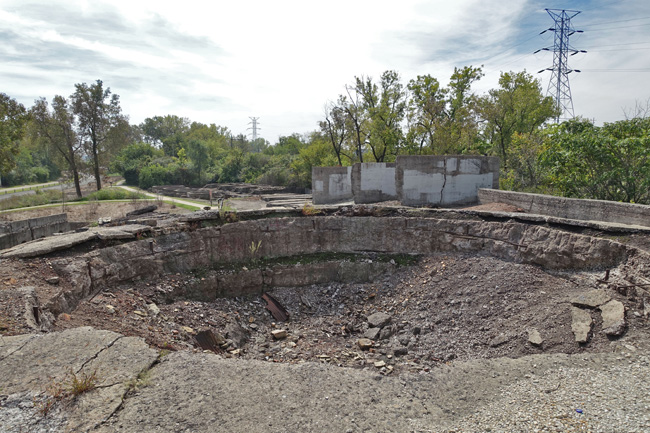
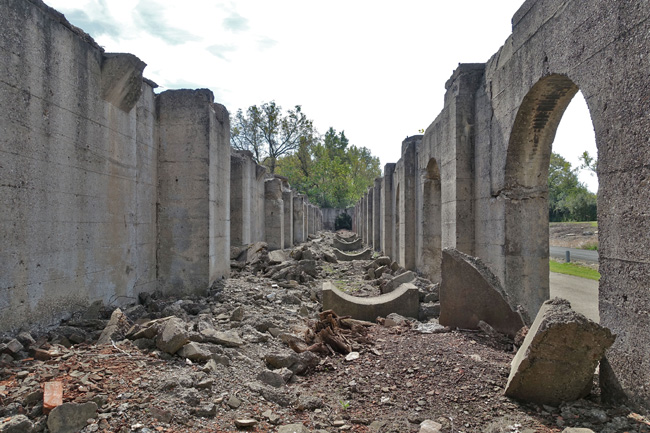
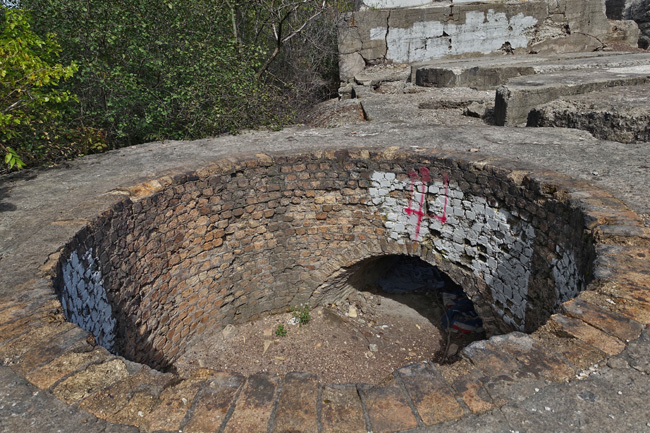
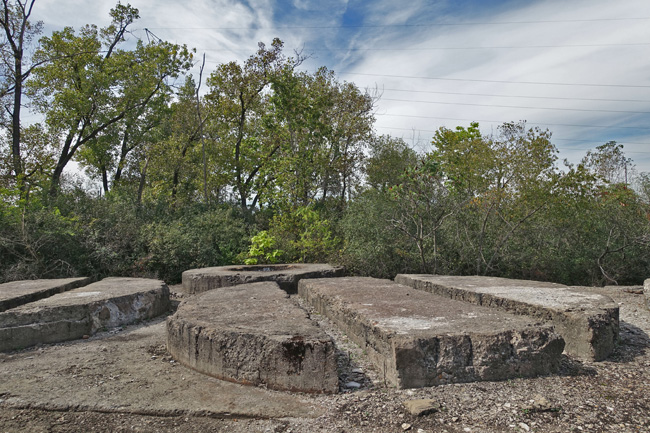

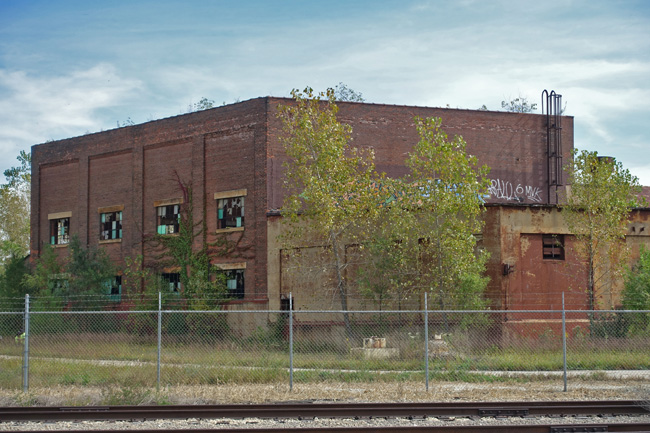

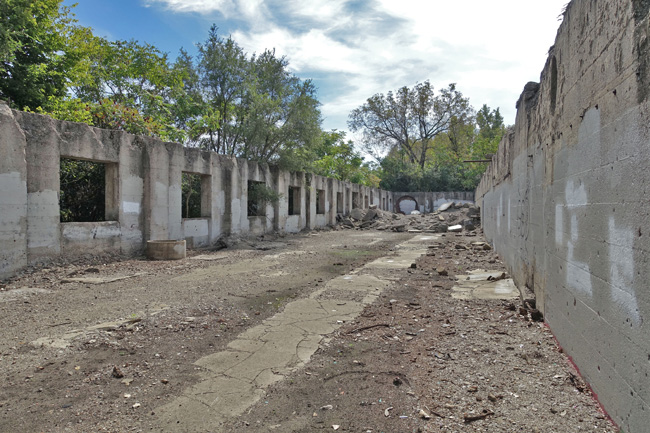
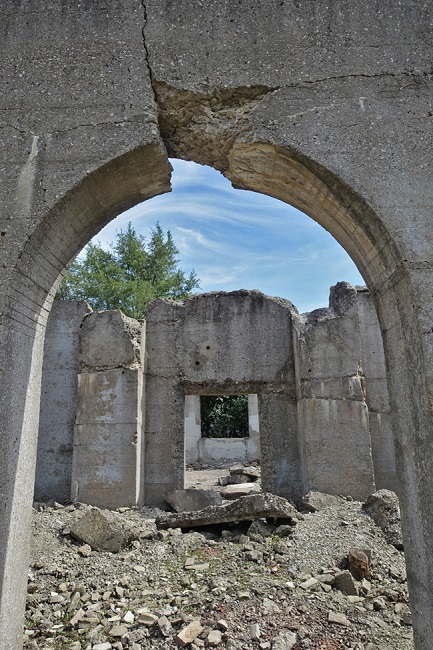

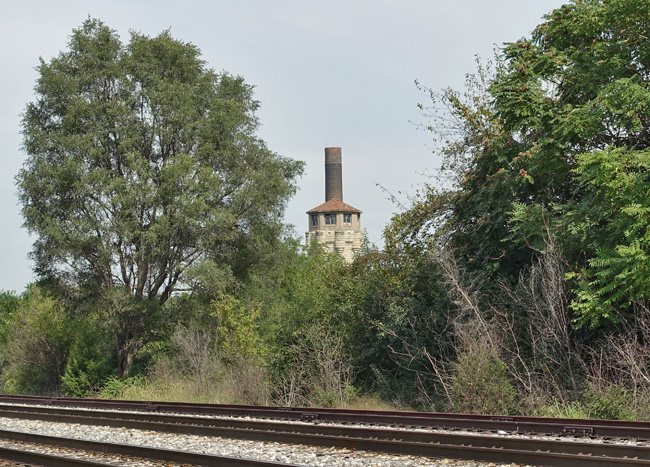

I used to live in Illinois, and as we pass through , we're saddened by what has become of the state.
ReplyDeleteThe whole country is really a shell of it's former glory. These "ruins" can attest to that.
Another great post, kiddo. Looking forward to the next one. Have a terrific week.
Thank you, Sue. Sorry I'm so late in replying. I was in New Orleans last week. It was my first time and I really enjoyed it. There is so much to see. I even got to explore an abandoned hospital.
DeleteA sad commentary on American business practices. I can still hear some one saying "slow down, the time-study man's coming"!
ReplyDeleteIt is pretty sad, but I'm glad the city was able to turn it into a park at least.
DeleteYeah, it's awesome(and rare) to see these kinds of places preserved.
DeleteInteresting to see where my welsh migrant ancestors worked
ReplyDeleteThis comment has been removed by the author.
ReplyDelete